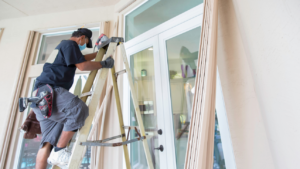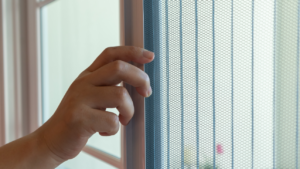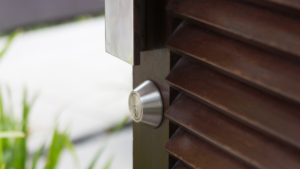In today’s energy-conscious world, understanding the efficiency of your windows and doors is more important than ever. Whether you’re upgrading a home, managing a property, or constructing a new building, the U-Factor is a key metric that can help you make informed decisions. This often-overlooked measure of thermal performance plays a significant role in energy savings, comfort, and sustainability.
In this article, we’ll break down what the U-Factor is, why it matters, and how it impacts energy-efficient building design, so you can choose the right products for your needs.
What is the U-Factor?
The U-Factor, sometimes referred to as the U-Value, measures how well a window, door, or skylight prevents heat from escaping. It’s essentially a heat transfer coefficient, indicating the rate of heat loss through a product. Expressed as a number between 0.20 and 1.20, a lower U-Factor means better insulation and energy efficiency.
For instance, low U-Factor windows and low U-Factor doors are specifically designed to minimize heat loss, making them essential for maintaining a comfortable indoor environment. Whether you’re replacing old windows or selecting doors for a new build, understanding window ratings and door ratings can help you achieve energy-efficient home improvements.
Why does the U-Factor matter?
The U-Factor matters for the following reasons.
1. Energy Efficiency and Cost Savings
Energy-efficient windows and energy-efficient doors with a low U-Factor reduce heating and cooling costs by improving insulation. This can lead to significant home energy savings for residents and lower operational costs for commercial properties. By investing in products with strong thermal performance, you can improve home comfort and reduce your reliance on HVAC systems.
2. Environmental Impact
Energy-efficient building design is not just about cost—it’s about sustainability. Choosing energy-saving building materials like insulated glazing units and high-performance glazing reduces energy consumption and contributes to a smaller carbon footprint.
3. Compliance and Marketability
For property managers and construction companies, products with favorable energy performance ratings ensure compliance with energy codes and standards. They also enhance the building envelope, making properties more attractive to eco-conscious buyers and tenants.
How to Choose the Right Windows and Doors
Choose the right windows and doors using the following tips.
Understanding Window Ratings and Door Ratings
When selecting windows and doors, focus on their U-Factor and other metrics like solar heat gain coefficient (SHGC) and visible transmittance (VT). While the U-Factor measures heat loss, SHGC assesses how much solar heat a product allows in, and VT indicates the amount of natural light transmitted.
Tips for Selecting Energy-Efficient Products
- Climate Considerations:
- In colder regions, prioritize low U-Factor windows to retain indoor heat during winter.
- In warmer climates, consider a balance between U-Factor and SHGC for optimal cooling efficiency.
- Material Matters:
- Look for energy-saving building materials like insulated glazing units and durable frames.
- Opt for residential window insulation and residential door insulation tailored to your specific needs.
- Upgrade Strategically:
- Window replacement for energy efficiency can significantly reduce heat loss in older homes.
- Door replacement for energy efficiency is equally important for sealing gaps and maintaining consistent indoor temperatures.
Benefits of Low U-Factor Windows and Doors
Investing in products with a low U-Factor offers several advantages:
- Improved Comfort: By reducing drafts and maintaining consistent indoor temperatures, low U-Factor windows and doors enhance the overall living experience.
- Cost-Effectiveness: Though initial costs may be higher, the long-term savings on energy bills make these upgrades worthwhile.
- Enhanced Durability: High-performance glazing and insulated glazing units are built to withstand various environmental conditions, ensuring longevity.
- Increased Property Value: Energy-efficient upgrades not only lower utility costs but also make properties more appealing to potential buyers or tenants.
Practical Steps for Implementation
Whether you’re working on a residential or commercial project, here are some actionable tips:
- Assess Current Insulation: Identify areas where heat loss occurs and prioritize those for upgrades.
- Incorporate Expert Advice: Consult professionals to ensure compliance with energy standards and to maximize the benefits of your investment.
- Explore Incentives: Check for rebates or tax credits for installing energy-efficient windows and doors, as these can offset initial costs.
Connect with Your Neighborhood Tashman Team Today!
Looking to improve energy efficiency and comfort in your home or property? Tashman Home Center offers an exceptional selection of windows and doors designed with low U-Factors to enhance insulation and sustainability. From high-performance glazing that reduces heat loss to energy-efficient windows that balance style and savings, we have options to suit every need. Explore our range of top-quality products, all crafted to transform your space into a more efficient and inviting environment. Visit Tashman Home Center and let our team help you choose the perfect solutions for your project.



